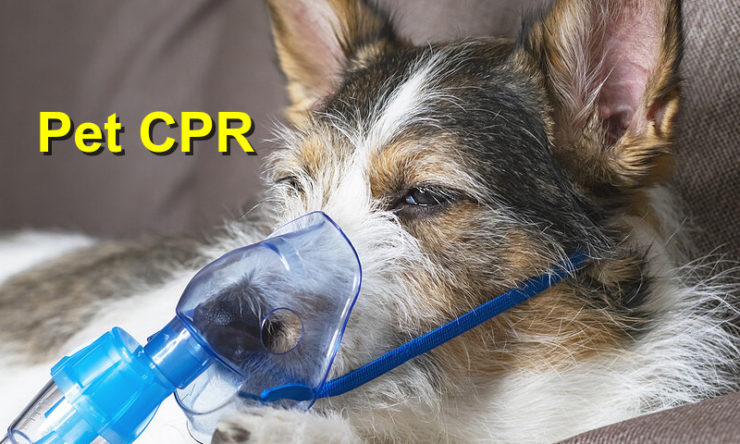Everything You Need to Know About Dog CPR
Most of you are certainly familiar with CPR that is performed on humans. However, an emergency or accident that affects your furry friend might also require CPR. In fact, performing CPR on your pet can easily save their life. Let’s discuss the importance of learning how to perform CPR on your pets at home.
What is pet CPR
Similar to human CPR, dog CPR is an emergency-saving procedure done using chest compressions and artificial respirations to help the pet breath normally. When your pet stops breathing, the blood oxygen levels drop faster. Without adequate oxygen supply in the blood, the liver, kidney and other essential organs can fail.
Often, respiratory failure can occur and this might lead to brain damage. So, it’s important to diagnose the problem quickly to keep your pet out of danger.
First response drills to save your dog
Under an ideal circumstance, first respondents are usually medical professionals with the right equipment such as masks and oxygen ventilators. Nonetheless, emergencies often happen unannounced and require immediate attention.
What if the vet or firefighter isn’t nearby? Can you perform CPR on your pet? Well, if you find yourself in an emergency situation that warrants CPR, visit the vet immediately. But if your vet is too far away, you need to offer medical assistance as you transport the dog to the vet.
Check for obstructions on the pet’s airway
Open your pet’s mouth to check for obstructions. Throat blockage is known to affect the pet’s air supply and can cause breathing problems. Therefore, ensure the throat or airway is clear and then perform CPR.
Determine whether your pet has regular breathing
Watch your pet’s chest closely and check whether it falls and rises as expected. But if you don’t see any breathing movements, try to check if the pet’s nose has airflow. Remember that your pet might be unconscious and still breathing naturally. If your furry friend is breathing, then CPR isn’t necessary.
Check for heartbeat
First lay the pet on its right side and then push the elbow to its chest. The area where the elbow comes into contact with the chest marks the position of the heart. Place your hand on this are to check for heartbeat.
Conclusion
If your pet requires medical emergency, perform CPR immediately before you visit the vet. But if the pet has seizures, wait for it to subside. Keep your pet quiet and warm, and then contact your vet.
References: Aspca Pet Insurance, PDSA, Firstaidforpets
Copyright: Local Value


